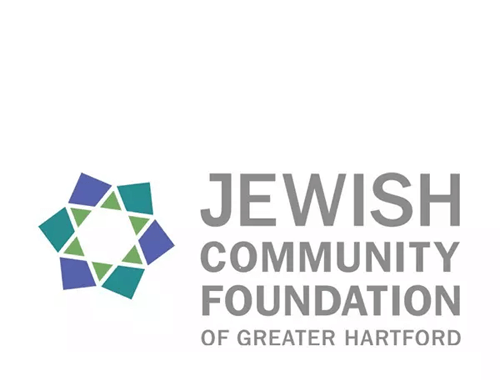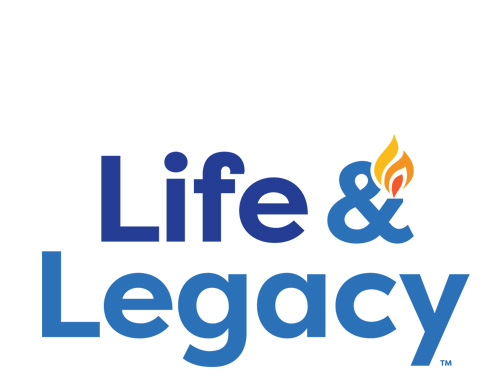Schechter Shavua: October 31, 2025
In the Woods, Students Connect Judaism with Environmentalism
 Teva is one of those Schechter highlights that stays with our alumni years -- and even decades -- later. Held at the Isabella Freedman Center in the Berkshires, Teva provides students with an outdoor Jewish educational program that focuses on our connection to the environment. Schechter students forge new friendships with students from other smaller Jewish Day Schools during small discussion groups, hikes, and campfires.
Teva is one of those Schechter highlights that stays with our alumni years -- and even decades -- later. Held at the Isabella Freedman Center in the Berkshires, Teva provides students with an outdoor Jewish educational program that focuses on our connection to the environment. Schechter students forge new friendships with students from other smaller Jewish Day Schools during small discussion groups, hikes, and campfires.
The Teva educators teach the students about the Jewish connection to the environment through engaging and fun activities including plays, songs, games, hikes through autumn foliage, feeding goats, Jewish craft projects, visiting caves, and evening chuggim (electives) which range from a night hike quest to ___ to an herbalism cafe. As the week progressed, students visited the Teva Ecofair, where they learned about vermicomposting, explored solar power, and powered a bicycle blender that required some serious pedal power to blend juice! Evenings at Teva typically end with a campfire and s’mores….What could be better than that?!
Check out some photos on Instagram!
This Week is Brought to You by the Letter Chaf Sofit (ך)
 During the week of parashat Lech Lecha (לך-לך ), it seems appropriate that Anafim second graders are immersed in learning the letter Chaf Sofit (ך). The Hebrew programiTaLAM 1 (אייתלעם) used by students in grades 1-4 combines phonetic learning and memory. Younger students first master the Hebrew Alef-bet using a variety of activities that support different learning styles. They trace the letters with their fingers, practice writing them, and listen to the sounds of the letters. They look for that letter as it appears around the classroom, form the letters out of play dough or other manipulatives, complete activities on the ipad related to that letter, and of course, they read and read and read!
During the week of parashat Lech Lecha (לך-לך ), it seems appropriate that Anafim second graders are immersed in learning the letter Chaf Sofit (ך). The Hebrew programiTaLAM 1 (אייתלעם) used by students in grades 1-4 combines phonetic learning and memory. Younger students first master the Hebrew Alef-bet using a variety of activities that support different learning styles. They trace the letters with their fingers, practice writing them, and listen to the sounds of the letters. They look for that letter as it appears around the classroom, form the letters out of play dough or other manipulatives, complete activities on the ipad related to that letter, and of course, they read and read and read!
In Alim (grades 3-4), the curriculum develops along with our students!iTaLAM 2-3 incorporates different (and longer) texts, more comprehensive questions, and independent writing. Additionally, students learn to write Hebrew script! Each unit is related to familiar environments for the students, including things found in a classroom, favorite hobbies, and what children do at home,
Inspirational Hispanic Figures Make their Mark
 For Hispanic Heritage Month,6th grade Spanish students embarked on an inspiring project celebrating influential figures from the Hispanic world. Hispanic Heritage Month, observed from September 15 to October 15, was first established in 1968 as Hispanic Heritage Week under President Lyndon B. Johnson and later expanded to a month-long celebration by President Ronald Reagan in 1988. The dates were chosen to coincide with the independence anniversaries of Mexico, Chile, Costa Rica, El Salvador, Guatemala, Honduras, and Nicaragua.
For Hispanic Heritage Month,6th grade Spanish students embarked on an inspiring project celebrating influential figures from the Hispanic world. Hispanic Heritage Month, observed from September 15 to October 15, was first established in 1968 as Hispanic Heritage Week under President Lyndon B. Johnson and later expanded to a month-long celebration by President Ronald Reagan in 1988. The dates were chosen to coincide with the independence anniversaries of Mexico, Chile, Costa Rica, El Salvador, Guatemala, Honduras, and Nicaragua.
To honor this important time, each student researched a famous Hispanic individual—ranging from artists and activists to scientists and athletes—and created engaging presentations highlighting their contributions, cultural impact, and lasting legacy. The project not only deepened students’ appreciation for Hispanic heritage but also sparked meaningful conversations about identity, resilience, and the diverse histories that shape our communities.
Ask a 6th grader to tell you more about the contributions made by these significant individuals:
Roberto Clemente
Desi Arnaz
Cesar Chavez
Lin Manuel Miranda
Isabel Allende
América Ferrera
Andy Garcia
Ellen Ochoa
Sonia Soto Mayor
Anthony Muñoz
Parashat Lekh Lekha פר ‘ לך לך-- Finding Our Own Journeys
Rabbi Steve Chatinover
 This week’s Torah portion begins with a grammatical anomaly. Abram, our patriarch, is told to leave “his land; his land of his birth; his father’s house”. The Hebrew construct of this command is unusual: lekh lekha/לך לך, literally ‘go to yourself’. How do you ‘go to yourself’?
This week’s Torah portion begins with a grammatical anomaly. Abram, our patriarch, is told to leave “his land; his land of his birth; his father’s house”. The Hebrew construct of this command is unusual: lekh lekha/לך לך, literally ‘go to yourself’. How do you ‘go to yourself’?
Mei HaShilo’ah/מי השילוח, a commentary published in 1860 by Mordechai Yosef Leiner, known as the Ishbitzer Rebbe, suggested that this enigmatic phrase meant “Go forth to find your authentic self ; to learn who you are meant to be” (my italics). Abram is steeped in a culture which sees human-made clay idols as gods—think of the famous midrash in which Abram was watching over his father Terah’s idols, and claimed that they got into a fight and destroyed each other. How could Abram hope to grow in his religious understanding of the world if he remained in such a place? He had to leave, because he couldn’t become his authentic self in that environment.
In a larger sense, the commentary of the Mei HaShilo’ah speaks to the human process of moving from childhood to adolescence to adulthood. Hopefully, we love and respect our parents—but the purpose of our existence is not to become carbon copies of them. As we read two weeks ago, we are all created in G‘s image/בצלם א-לוהים. A major part of our human journey is to figure out who we are at-the-moment, and whom we might become. To do that, we have to ask, “Am I in an educational environment/relationship/family or job setting which encourages me to explore who I am and who I might become?” Abram had to leave Ur Kasdim in order to become the patriarch that he was destined to become.
The question and challenge I leave you with is this: “Where are we all on our respective life journeys? Lekh lekha/לך לך—make sure that you always seek out your authentic self and, in so doing, may you discover who you are meant to be.”
Solomon Schechter Day School
of Greater Hartford
26 Buena Vista Road
West Hartford, CT 06107
© Solomon Schechter Day School of Greater Hartford | Site design Knowles Kreative




